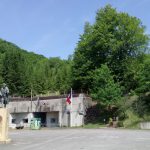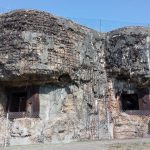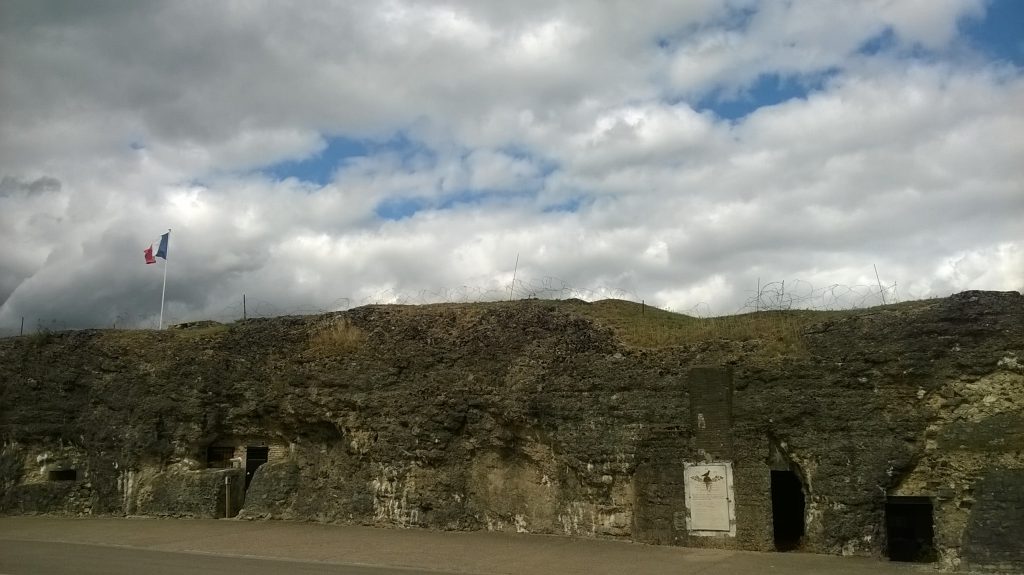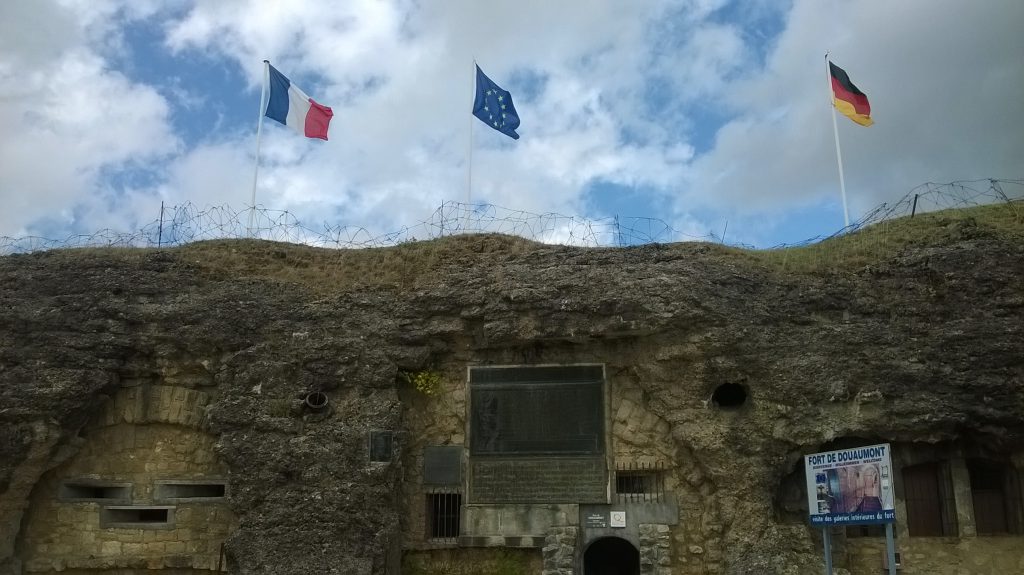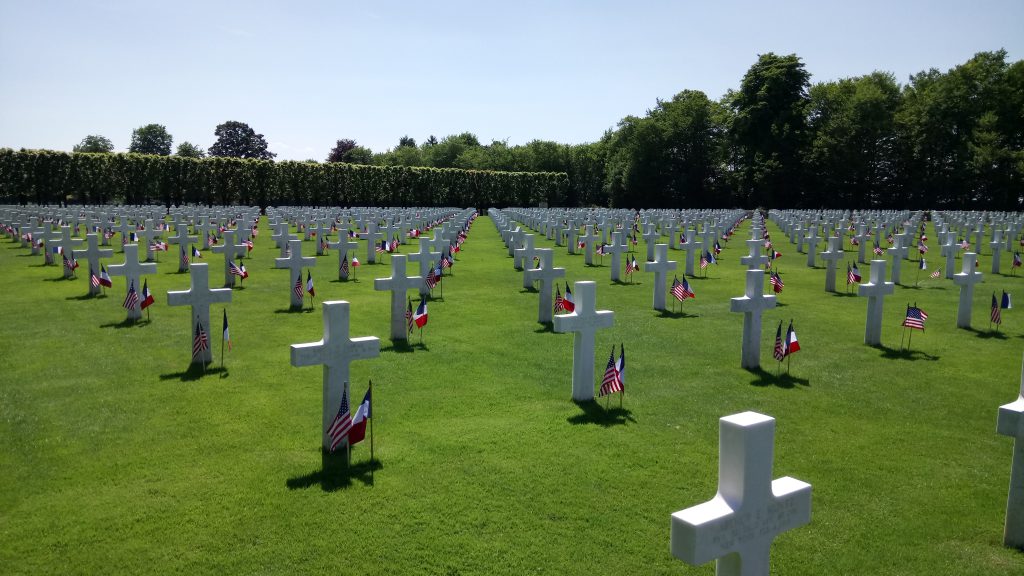Introduction
In 2017 I spent short holidays in Northern France for both improving my French skills and for broadening my horizons about culture and history.
History is a subject I’ve been interested in my whole life, so I was glad to have the opportunity to visit several historic battlefields in Lorraine and Alsace (Elsass-Lothringen1), which aren’t far off from the borders to Germany and Luxembourg.
The entire border area from the Atlantic Ocean to Switzerland was one (or the) main theater for war operations during the 1st and the 2nd World War.
Because of this, a lot of monuments, museums and ruins of former fortifications such as the so-called Maginot Line, that was constructed after the 1st World War, can be found and visited in those now archaeological excavation and exposition sites.
1 German and French names of places, sights, cities etc. will be rendered in italics in this article
The Maginot Line
After France had been on the brink of defeat in the first great war of the 20th century, French engineers contrived a sophisticated system of concrete bunkers and forts alongside the border to Germany, with building activities initiated at the end of the 1920s.
The Maginot Line covered almost the entire border area, but had comparatively weak fortifications alongside the frontier to Belgium, especially in the Ardennes (Ardennen). Here the French high command did not expect major offensive operations by westwards advancing German armies.
As it eventually turned out in the Battle of France, the Line was of no value whatsoever. In June 1940, the Wehrmacht marched through Belgium and the Netherlands (by violating their neutrality) and circumvented the strong points of the French defence system.
The erection of the whole Maginot Line was one of the most useless engineering works in the 20th century and nothing but a waste of resources (similar to the German Atlantikwall that also proved quite useless).
Fort Hackenberg
The Ouvrage Hackenberg (ouvrage can be translated as “construction” or “work”) was the largest single Maginot Line bastion, designed for a garrison of one thousand soldiers.
The fort is situated thirty-odd kilometers northeast of Metz, the biggest (120.000 inhabitants) city in Lorraine (Lothringen).
The construction of the fort devoured enormous resources, and the irony was, as it came to pass, that parts of it were used by the Germans in an attempt to fight off American troops in late 1944.
I attended a guided tour through parts of the facility that aren’t off-limits to the public. This included small museums and exhibitions about, for example, then state-of-the-art weaponry and the logistics for the garrison.
The fort possesses several levels and sprawls over several kilometers of tunnels. An electric trolley is in operation and carries visitors through the murky tubes. Down here the temperature never exceeds 12 degrees Celsius, so you need proper clothing for a visit of at least one hour duration (typical are two hours).
Interesting to see were also the souterrain diesel generators, which were still ready for use as far as I remember correctly. They ensured the autonomous power supply for the ouvrage.
The facility on the whole is well-preserved since it was never involved in any major defense battles – the only exception was, as mentioned, the westwards aligned block 8 that served the Wehrmacht temporary as a strong point against the advancing U.S. Army.
The used material for the bunker systems was reinforced concrete with a special concrete compound, which was very resistant against most kinds of shellfire.
1st World War fortifications
In contrast to the 2nd World War, Lorraine was heavily devastated during the 1st World War (1914-1918) due to the mostly static front line between the war parties.
However, the numerous and powerful fortifications were the decisive factor for the eventually successful defense efforts of the French Army against the Reichsheer. Hence catalyzing the notion of building an even stronger system of bunkers and forts to withstand future attacks.
But these sorts of stationary defense devices were not longer very effective and outdated against the arising, heavily mechanized and mobile warfare twenty-five years later.

